Do you have a question about the Mitsubishi FR-A800 and is the answer not in the manual?
Details how to unpack and check the inverter and its accessories.
Identifies and describes the various components of the inverter.
Outlines the basic steps for installing and operating the inverter.
Lists other manuals related to the FR-A800 series.
Details the inverter's peripheral devices and options.
Provides instructions for removing and reinstalling the operation panel and front covers.
Covers inverter installation environment specifications and enclosure design.
Shows detailed diagrams for main circuit, control circuit, and communication terminals.
Details the function and connection of main circuit terminals.
Explains control circuit terminals, logic settings, and wiring precautions.
Describes the PU connector, USB connector, and RS-485 terminal block.
Details how to connect motors with encoders for vector control.
Explains how to connect various optional units.
Discusses EMI countermeasures and leakage currents.
Explains power supply harmonics and mitigation techniques.
Details the installation of AC reactors (FR-HAL) and DC reactors (FR-HEL).
Details precautions for power-OFF and magnetic contactor usage.
Provides measures to prevent motor insulation deterioration from surge voltage.
Lists essential checks to perform before initiating inverter operation.
Explains failsafe systems for detecting inverter failures.
Describes the components and basic operations of the FR-DU08 operation panel.
Explains how to monitor inverter status like output current and voltage.
Covers setting the operation mode using Pr.79.
Lists and explains frequently used parameters for simple operations.
Step-by-step guide for basic PU operation.
Step-by-step guide for basic operation using external signals.
Explains JOG operation using external signals and the operation panel.
Comprehensive list of parameters with their group, name, setting range, and refer to page.
Explains various control methods like V/F, vector, and PM sensorless vector control.
Details speed control parameters for different methods.
Covers torque control parameters and settings.
Explains position control parameters and functions.
Lists and explains inverter fault and alarm messages.
Describes how to reset protective functions.
Explains how to check and clear fault history.
Comprehensive list of fault codes, their meanings, and corrective actions.
Lists common causes of faults and their corrective actions.
Troubleshooting guide for common issues like motor not starting or abnormal noise.
Details daily and periodic inspection procedures for the inverter.
Explains how to measure electrical characteristics of the main circuit.
Lists the detailed specifications of the inverter ratings.
Provides rating information for various motor types, including vector control dedicated motors.
Lists general specifications applicable to the inverter series.
Includes dimensional drawings and mounting information for the inverter.
Provides guidance for users upgrading from previous models.
Compares specifications for different motor control methods.
Lists parameters and instruction codes for various control methods.
Information for users connecting via HMS network options.
| Series | FR-A800 |
|---|---|
| Output Frequency | 0 to 400Hz |
| Frequency Range | 0 to 400Hz |
| Rated Output Current | Varies depending on the model |
| Overload Capacity | 150% for 60 seconds |
| Control Method | V/f control, vector control |
| Protection Functions | Overcurrent, overvoltage, overheating, phase failure |
| Communication | RS-485 |
| Ambient Temperature | -10 to 50°C |
| Operating Temperature | -10 to 50°C |
| Storage Temperature | -20°C to +65°C (-4°F to 149°F) |
| Humidity | 95% RH or less (non-condensing) |
| Altitude | 1000m (3280ft) or less |
| Enclosure Rating | IP20 |
| Cooling Method | Forced air cooling |
| Braking Unit | Built-in or external (depending on model) |
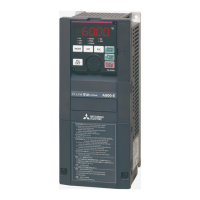
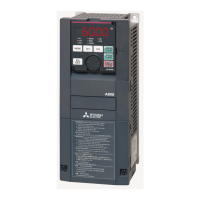
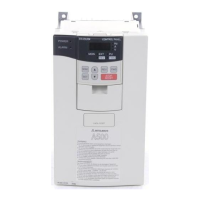
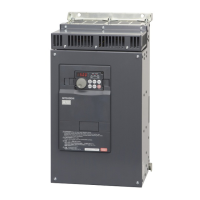
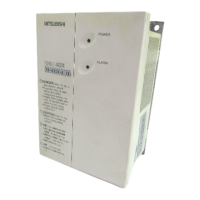



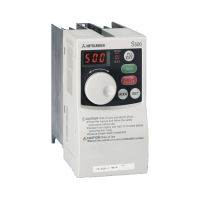
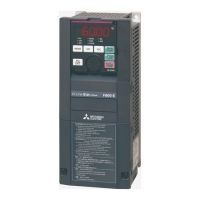
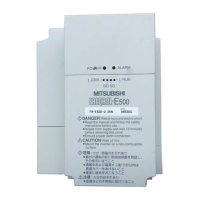

